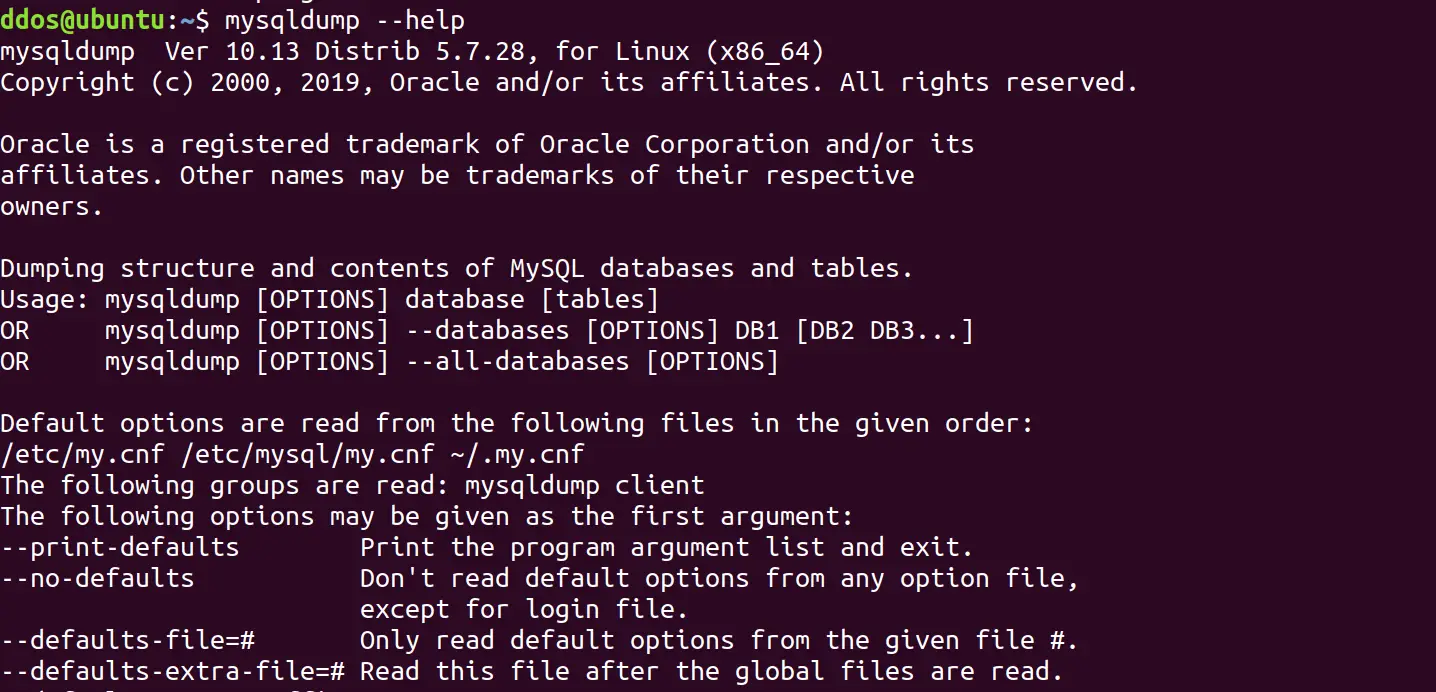MySQL Common Commands List
Here are the MySQL commands that we use often and are very useful.

mysql -h hostname -u root -p
mysql> create database [databasename];
mysql> show databases;
mysql> use [db name];
mysql> show tables;
mysql> describe [table name];
mysql> drop database [database name];
mysql> drop table [table name];
mysql> SELECT * FROM [table name];
mysql> show columns from [table name];
mysql> SELECT * FROM [table name] WHERE [field name] = “ddos”;
mysql> SELECT * FROM [table name] WHERE name = “ddos” AND phone_number = ‘988485’;
mysql> SELECT * FROM [table name] WHERE name != “ddos” AND phone_number = ‘988485’ order by phone_number;
mysql> SELECT [col1],[col2] FROM [table name] ORDER BY [col2] DESC;
mysql> SELECT COUNT(*) FROM [table name];
mysql> alter table [table name] drop column ;
mysql> alter table [table name] add column [new column name] varchar (20);
mysql> alter table [table name] change [old column name] [new column name] varchar (50);
mysql> alter table [table name] add unique ();
mysql> LOAD DATA INFILE ‘/tmp/filename.csv’ replace INTO TABLE [table name] FIELDS TERMINATED BY ‘,’ LINES TERMINATED BY ‘\n’ (field1,field2,field3);
mysqldump -u root -ppassword –opt >/tmp/alldatabases.sql
mysqldump -u username -ppassword –databases databasename >/tmp/databasename.sql
mysqldump -c -u username -ppassword databasename tablename > /tmp/databasename.tablename.sql
mysql -u username -ppassword databasename < /tmp/databasename.sql
mysql -u root -p
mysql> use mysql;
mysql> INSERT INTO user (Host,User,Password) VALUES(‘%’,’username’,PASSWORD(‘password’));
mysql> flush privileges;
mysqladmin -u username -h hostname -p password ‘new-password’
# /etc/init.d/mysql stop
# mysqld_safe –skip-grant-tables &
# mysql -u root
mysql> use mysql;
mysql> update user set password=PASSWORD(“newrootpassword”) where User=’root’;
mysql> flush privileges;
mysql> quit
# /etc/init.d/mysql stop
# /etc/init.d/mysql start
mysql> flush privileges;





